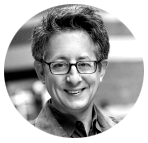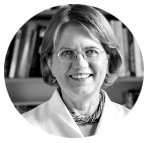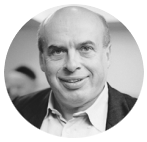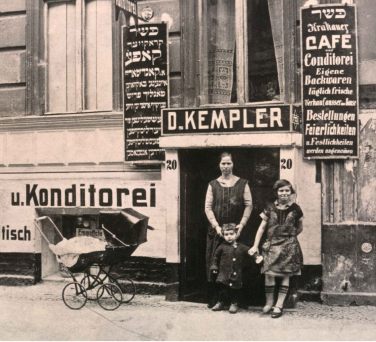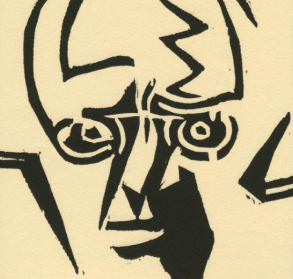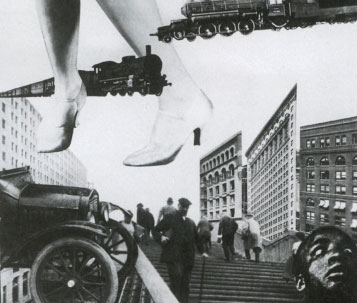of Jewish Modernism
Concept
Historical contingencies of time and place sometimes come together to create a unique Chronotope — unmistakably recognizable combination of Zeitgeist and genius loci. A hundred years ago Weimar Berlin became a global migration hub, a multilingual marketplace, exploding with artistic, technological and social innovation amidst economic crises and decadent nightlife. For about a decade it was a capital of Jewish modernism — philosophical (Scholem, Buber, Benjamin, Bloch), literary (Döblin, Roth, Byalik, Agnon, Bergelson), artistic (Lisitsky, Rybak), architectural (Mendelsohn) and musical (Weill, Eisler).
The aim of the Festival is to create an immersive experience of the 1920s' Berlin through the study of historical and literary sources and to uncover the traces of Jewish Metropolis still influencing the life of today's city.
Faculty
Free talks Münstersche Str. 6, Berlin
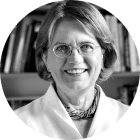 |
Gertrud PickhanFreie Universität Berlin |
Charlottengrad and Scheunenviertel
East European Jewish migrants in Weimar Berlin
After the First World War Germany harbored around half a million refugees and émigrés, several tens of thousands of them of Eastern European-Jewish origin, and most of them landed or were stranded in Berlin. The East European-Jewish immigrant microcosm in the German capital covered a social, political, cultural and religious spectrum as complex as the Eastern and East-Central European Jewries. This applied to the various political tendencies as well as the social heterogeneity of the migrants. Some of the migrants were part of the famous Russki Berlin, others belonged to the virtual Yiddishland of the Interwar period. The diversity of the migrants’ lifeworld is the subject of this lecture.
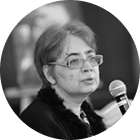 |
Tatiana BaskakovaMoscow |
Series of Three Talks
New Babylon: Alfred Döblin’s Literary Modernism
Alfred Döblin, one of the most interesting literary innovators of the 20th century, lived in Berlin for almost his entire life, was in love with the city, walked it far and wide – as a doctor for the poor, as a regular visitor to the capital’s libraries and museums – and he immortalized the city of his youth in his great novels . As part of the course, translator and scholar of literature Tatyana Baskakova will read and analyze fragments about Berlin from the novels “Berlin Alexanderplatz” and “Mountains Seas and Giants”.
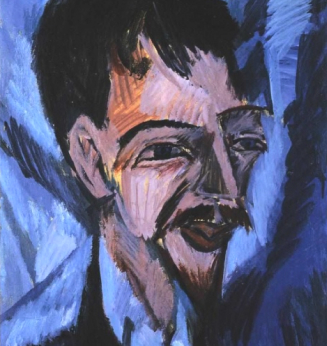
November 4 (Mon) 17.00-18.30
November 7 (Thu) 12.30-14.00
November 7 (Thu) 17.00-18.30
The sessions are in Russian without translation
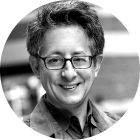 |
Marc CaplanUniversity of Wroclaw |
Series of Three Talks
Yiddish Modernism in Weimar Berlin
During the Weimar era, Berlin became a city of refuge for tens of thousands of Yiddish speakers from the former Austro-Hungarian and Czarist empires, including many leading Yiddish cultural figures. Among these refugees, a handful of the leading members of the Yiddish literary avant-garde settled in Berlin, uneasily, for extended periods. Our discussions will focus on the short fiction of three of these writers, Dovid Bergelson (1884-1952), Der Nister (Pinkhes Kahanovitsh, 1884-1950), and Moyshe Kulbak (1896-1937). Each of these authors present unusual challenges for interpretation, and together they illustrate the rich variety of styles and moods — from satire and burlesque to fantasy, mystery, and melancholy — available to Yiddish literature of the era. Whether addressing their circumstance as refugees directly or depicting their dilemmas more obliquely, each of these writers reflects on the historical traumas that had brought him to Berlin as well as the precarious and at times absurd situation which he encountered among fellow refugees there.
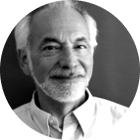 |
Frank SternUniversity of Vienna |
Series of Four Talks
Jewish Culture and Weimar Cinema
Weimar Culture in the interwar era (or better the Roaring Twenties) was a rich, colorful and provoking period. Above all, these years were characterized by visual culture and at the very core of this visual culture an immense variety of films were produced. Jewish artists, writers, directors, cameramen and actors had a strong impact on the quality and diversity of German Cinema. The mini-course will screen and discuss films that deal with the Jewish experience in the German lands, that were topical for the role of Jews in German culture.
 |
Natan SharanskyIsrael |
Germany in XX and XXI centuries: A View from Glienicke Bridge
On February 11, 1986 the human rights activist Natan Sharansky crossed the Glienicke Bridge in Berlin after spending 9 years in Soviet prison for «treason» and «anti-Soviet propaganda». Three years after that the Berlin Wall was no more, and 5 years after that the Soviet Union ceased to exist. Due to Sharansky's intransigent fight he found himself in the very center of global geopolitical shifts of the late XX century. How does the former head of the Jewish Agency, who focuses a lot on German Jewry's ties to Israel, see the evolution of Jewish life in Germany in XX and XXI centuries with all its tragedy and ambivalence?

November 7 (Thu) 15.00-16.30
The talk is in Russian without translation
Chamber music concert
Sound of Metropolis
In 1920s avant-garde experiments in musical composition and performance included not only serial atonality of Arnold Schoenberg and Alban Berg, but also electrifying fusion of classical forms with jazz, dance and folk influences in the works of Kurt Weill, Stefan Wolpe and Erwin Schulhoff. Being mostly left wing and Jewish, Weimar musical modernists had to flee Nazi Germany (Schoenberg, Weill, Wolpe) or meet their tragic end in concentration camps (Schulhoff). The program of chamber music performed by Blender Quartett pays tribute to rediscovered great composers of the XX century: Kurt Weill — String Quartet #1 (1923); Stefan Wolpe — Duo for Two Violins (1924); Erwin Schulhoff — Five pieces for String Quartet (1923).




